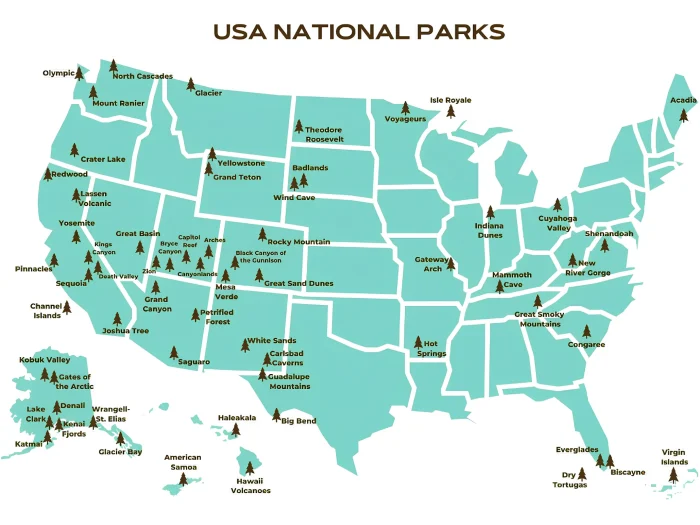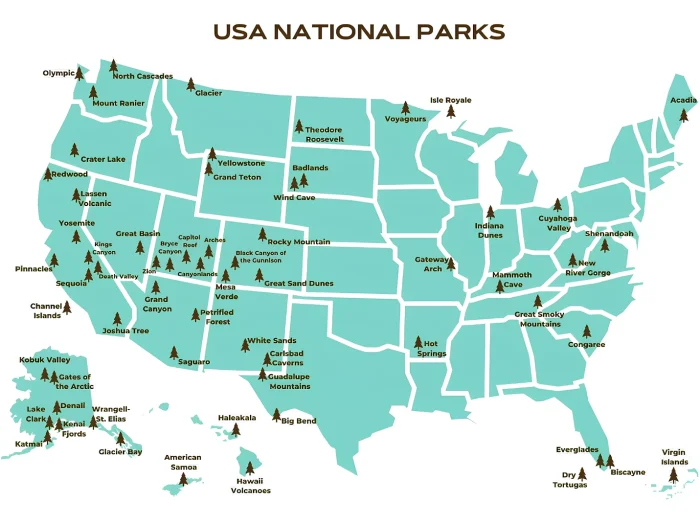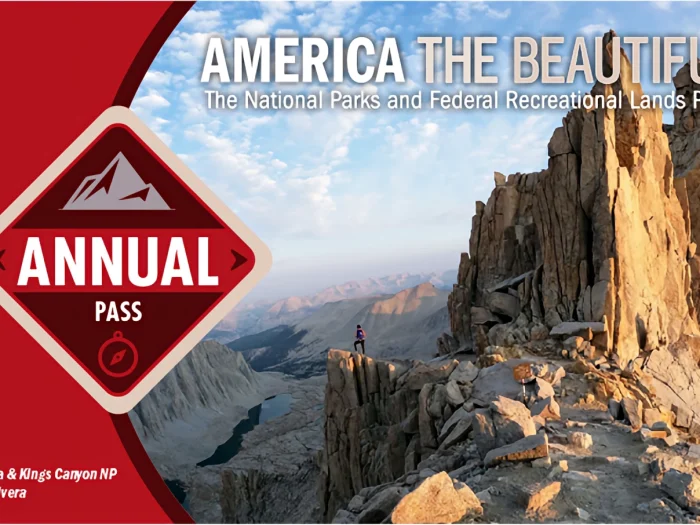Visiting the Swedish National Park Skuleskogen
Sweden’s Skuleskogen National Park offers an awe-inspiring natural experience for visitors. The park is known for its unique geological formations and stunning landscapes. Whether you are an avid hiker or a casual nature enthusiast, Skuleskogen has something to offer for everyone.
Located on the High Coast of Sweden, Skuleskogen National Park boasts some of the most impressive scenery in the country. It is a haven for outdoor lovers, featuring dramatic cliffs, lush forests, and a rich variety of flora and fauna. If you are looking to immerse yourself in nature and explore some breathtaking vistas, this national park is a must-visit destination.

Exploring unique geological formations
One of the highlights of your visit will undoubtedly be the Slåttdalsskrevan, a deep ravine that cuts through the heart of the park. Skuleskogen National Park offers diverse trails that cater to different levels of hiking experience. The geological formations here are a testament to the natural forces that have shaped this landscape over millions of years. As you navigate the park, you will encounter ancient rock formations that tell stories of a bygone era.
The unique geological features of Skuleskogen National Park are not just visually striking but also scientifically significant. The area is part of the High Coast, a UNESCO World Heritage site, known for its isostatic rebound – the land’s rising after being depressed by the weight of ice during the last Ice Age. This phenomenon has created a landscape that continues to transform, with new islands emerging from the sea and coastal features evolving over time. Visitors can witness this geological wonder firsthand, observing how the land has risen nearly 300 meters since the ice retreated about 9,600 years ago.
For geology enthusiasts, Skuleskogen National Park is a treasure trove of fascinating rock formations. The park’s terrain showcases a variety of igneous and metamorphic rocks, including granite, gneiss, and migmatite. These rocks bear witness to the area’s complex geological history, including periods of intense volcanic activity and metamorphism. Visitors can observe interesting features such as glacial erratics, large boulders transported by glaciers during the Ice Age, scattered throughout the landscape. The park also boasts impressive examples of glacial striations, grooves carved into rock surfaces by moving glaciers, providing tangible evidence of the powerful forces that shaped this rugged terrain.
A haven for flora and fauna
The park is home to an impressive array of wildlife and plant species. You’ll find everything from moose and deer to rare birds and insects. According to Highcoastguide.com, the park’s diverse ecosystems make it an ideal spot for birdwatching and nature photography. The variety of plants found here ranges from ancient pine trees to delicate wildflowers, offering a vibrant palette of colors throughout the seasons.
Practical tips for your visit
When planning your trip, consider the best times to visit based on what you hope to see and do. The summer months offer warmer weather and longer days, making it perfect for extended hikes and exploring remote areas of the park. Winter brings its own charm with snow-covered landscapes providing opportunities for cross-country skiing and snowshoeing. Always check local guidelines and weather forecasts before heading out.
Accessibility and amenities
The park is accessible by car and public transportation, with several entry points offering parking facilities. For those flying in, the closest airport is in Sundsvall, about 120 kilometers away. There are also several campsites within the park where you can set up a tent or stay in a cabin if you prefer more comfort. Be sure to pack accordingly and bring sufficient supplies as amenities within the park are limited.




